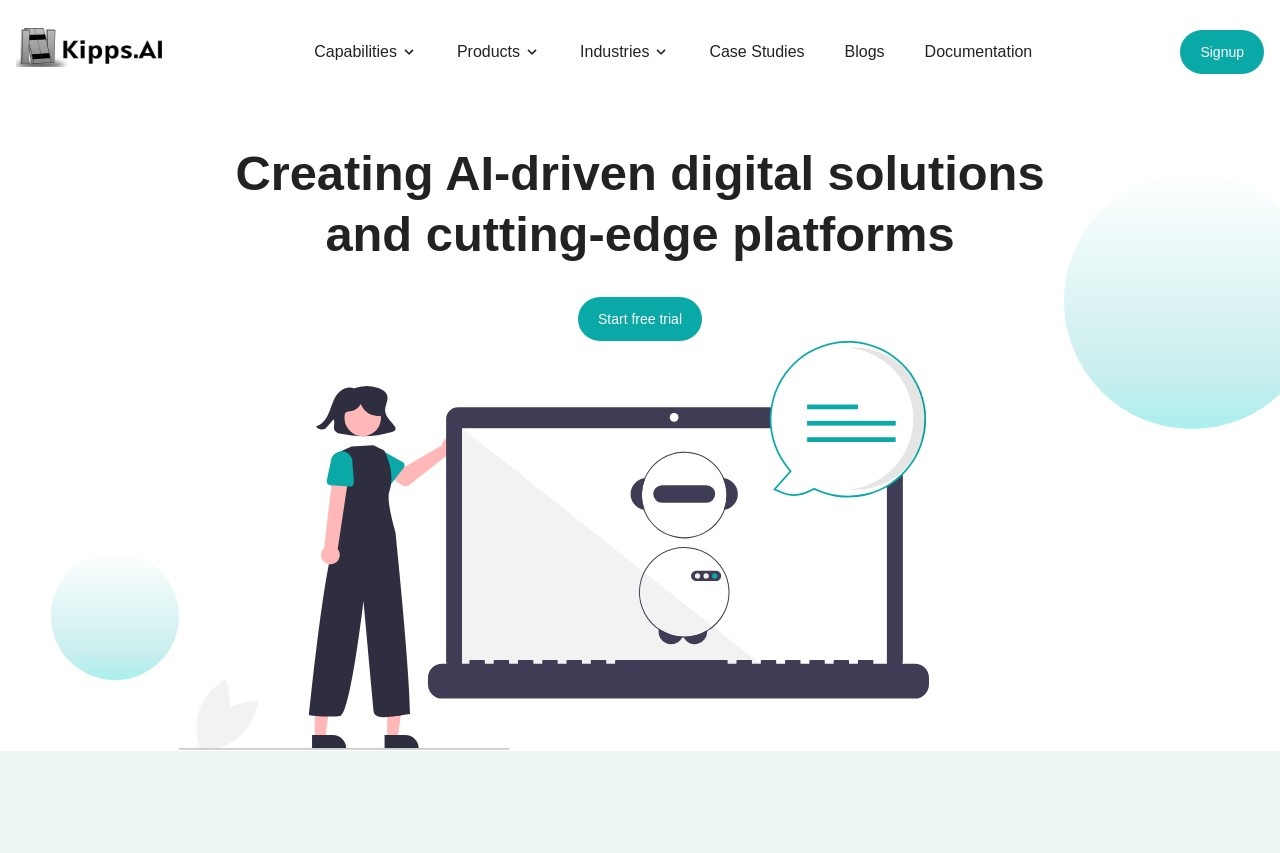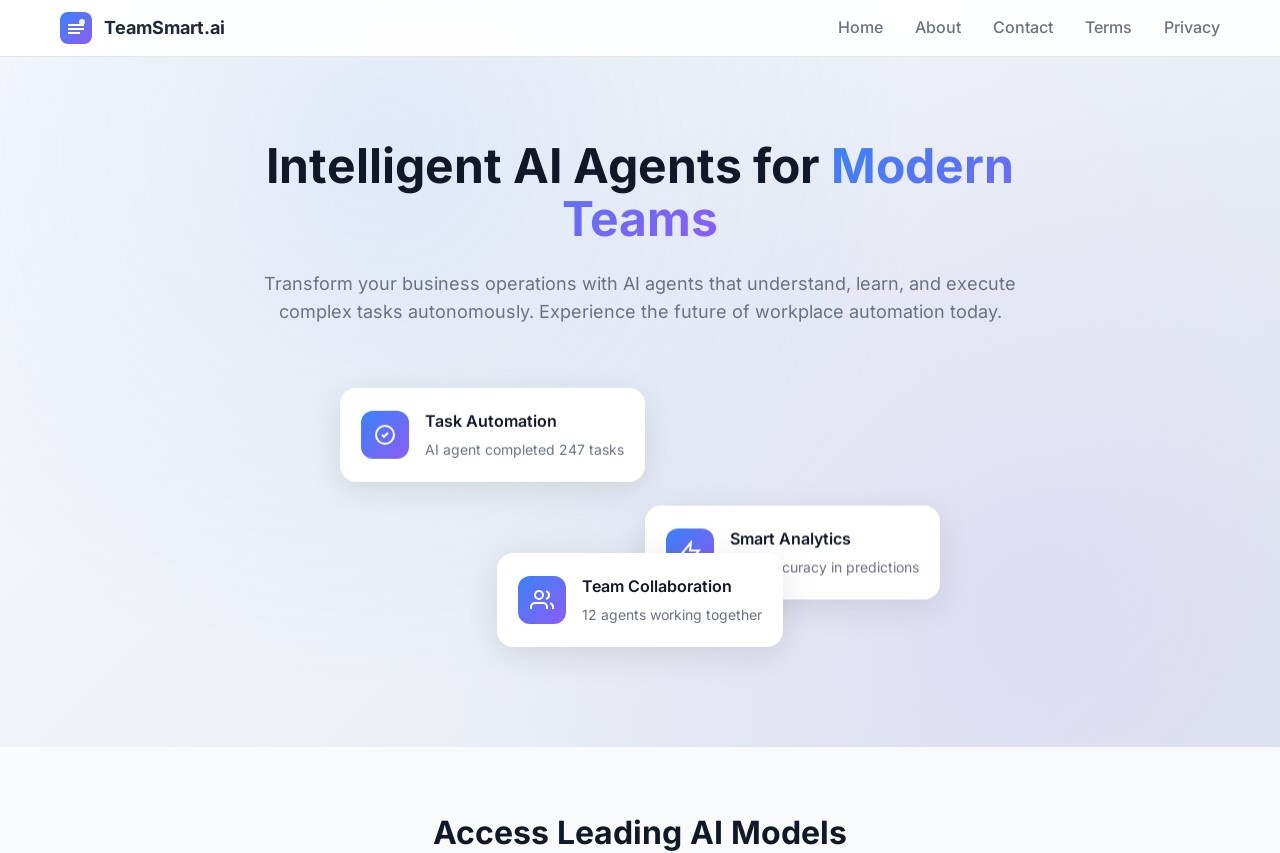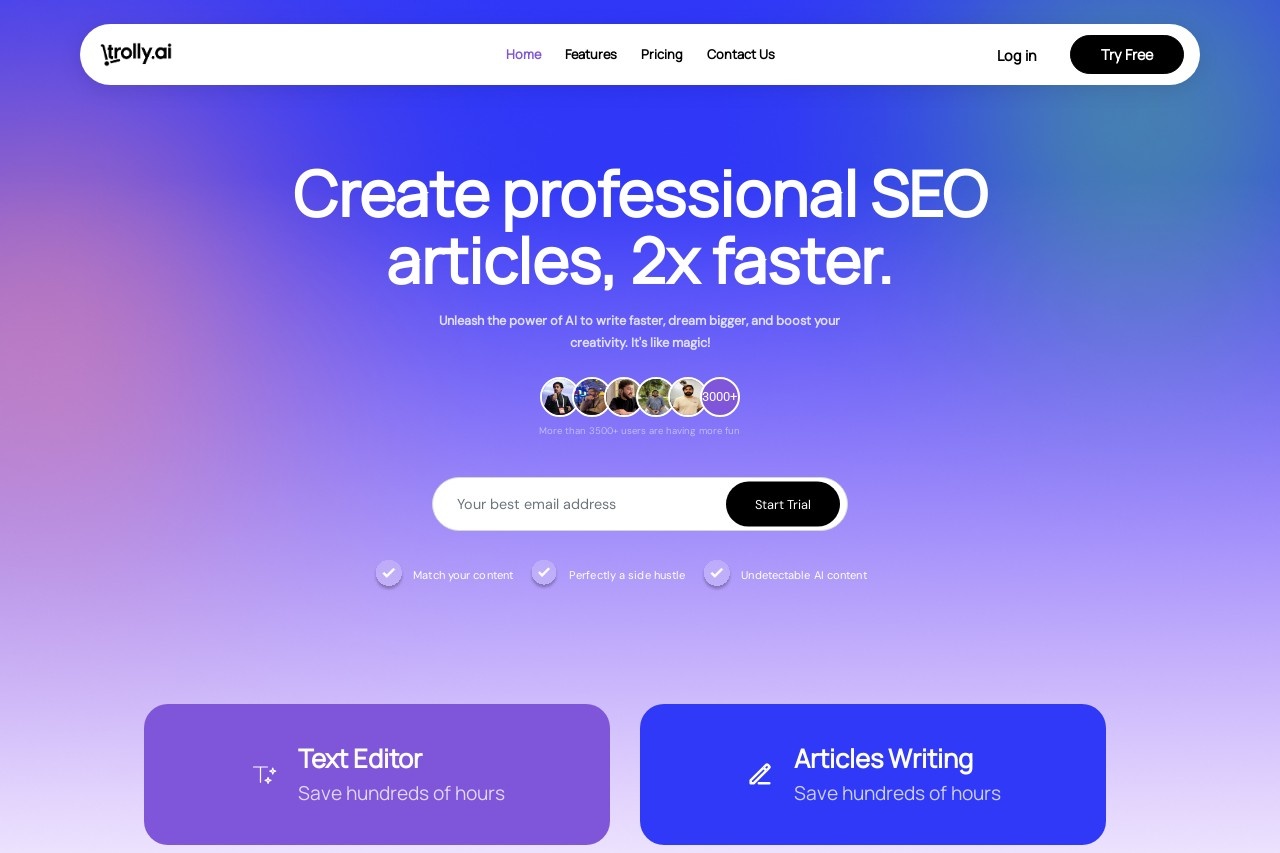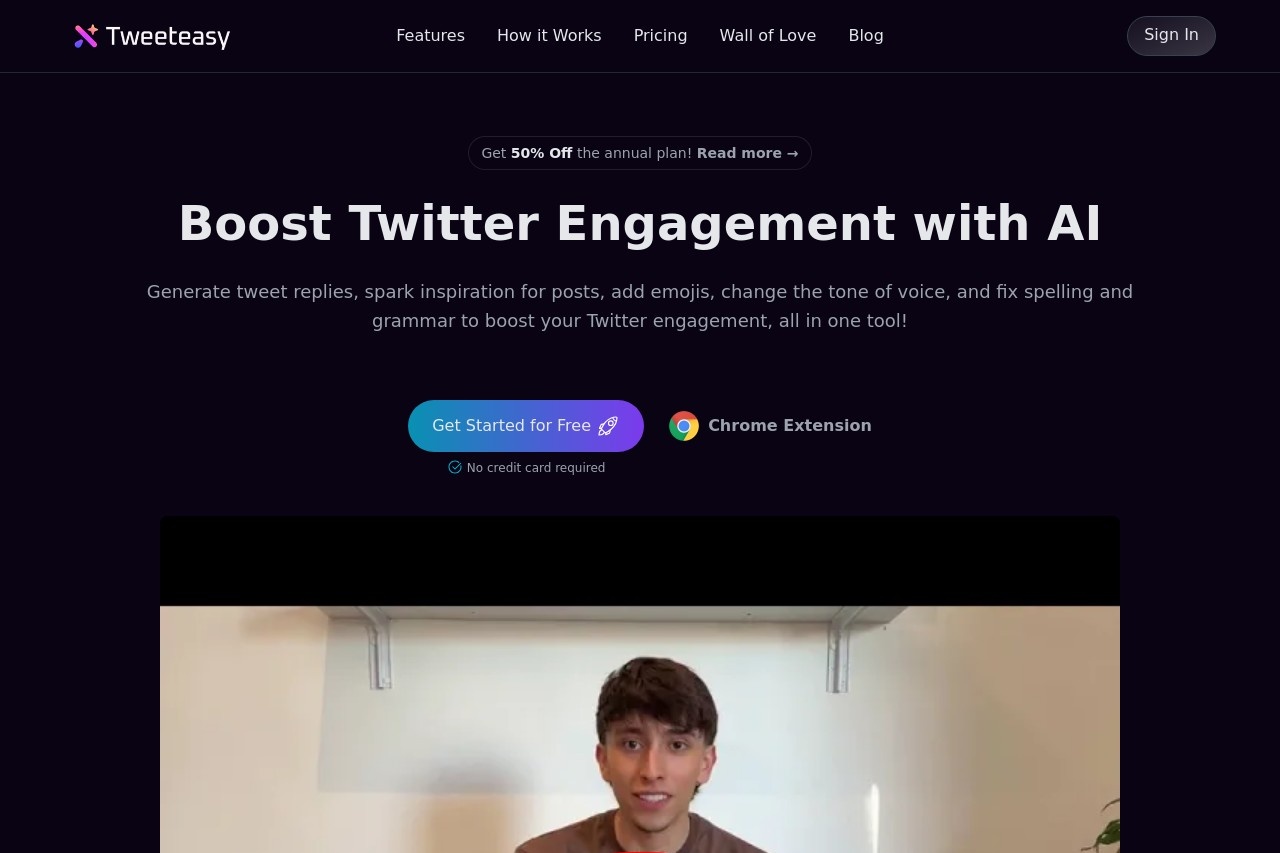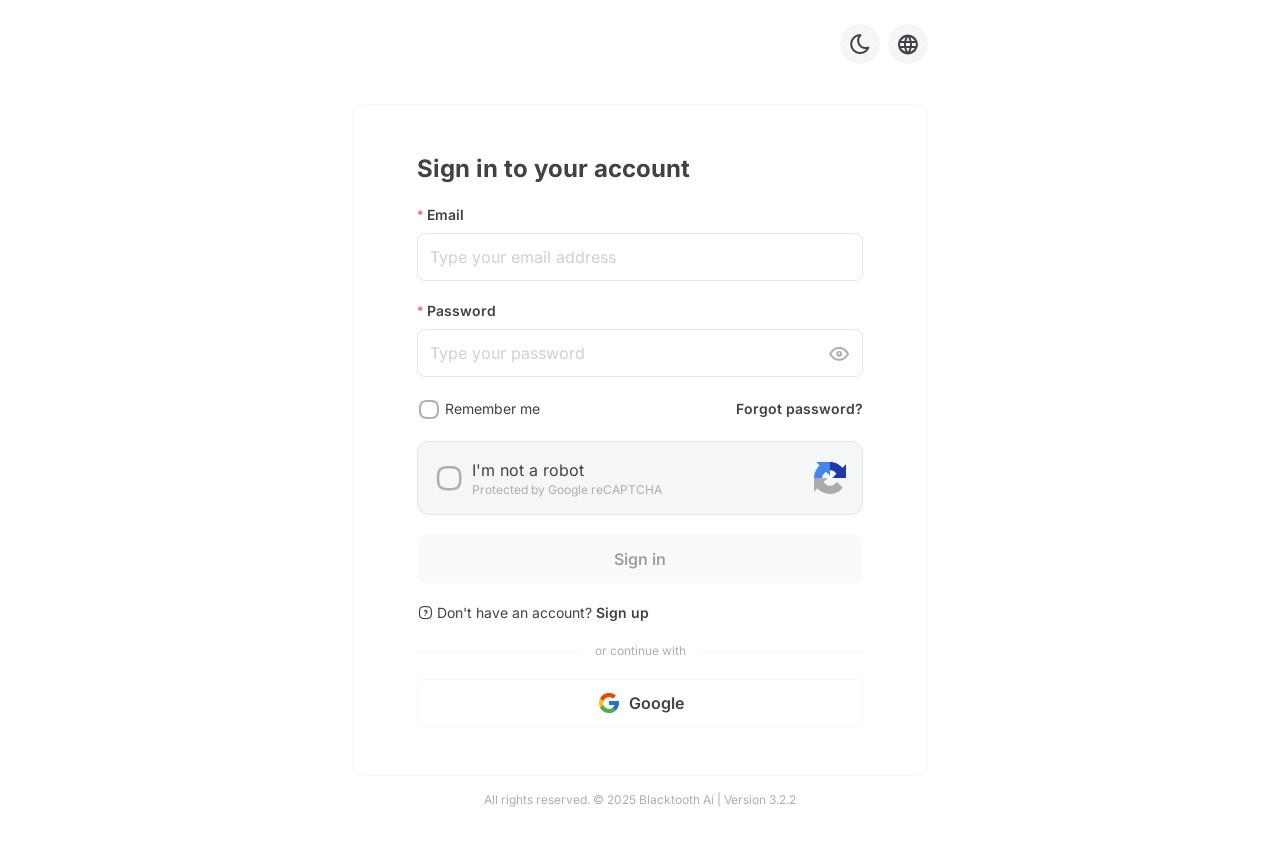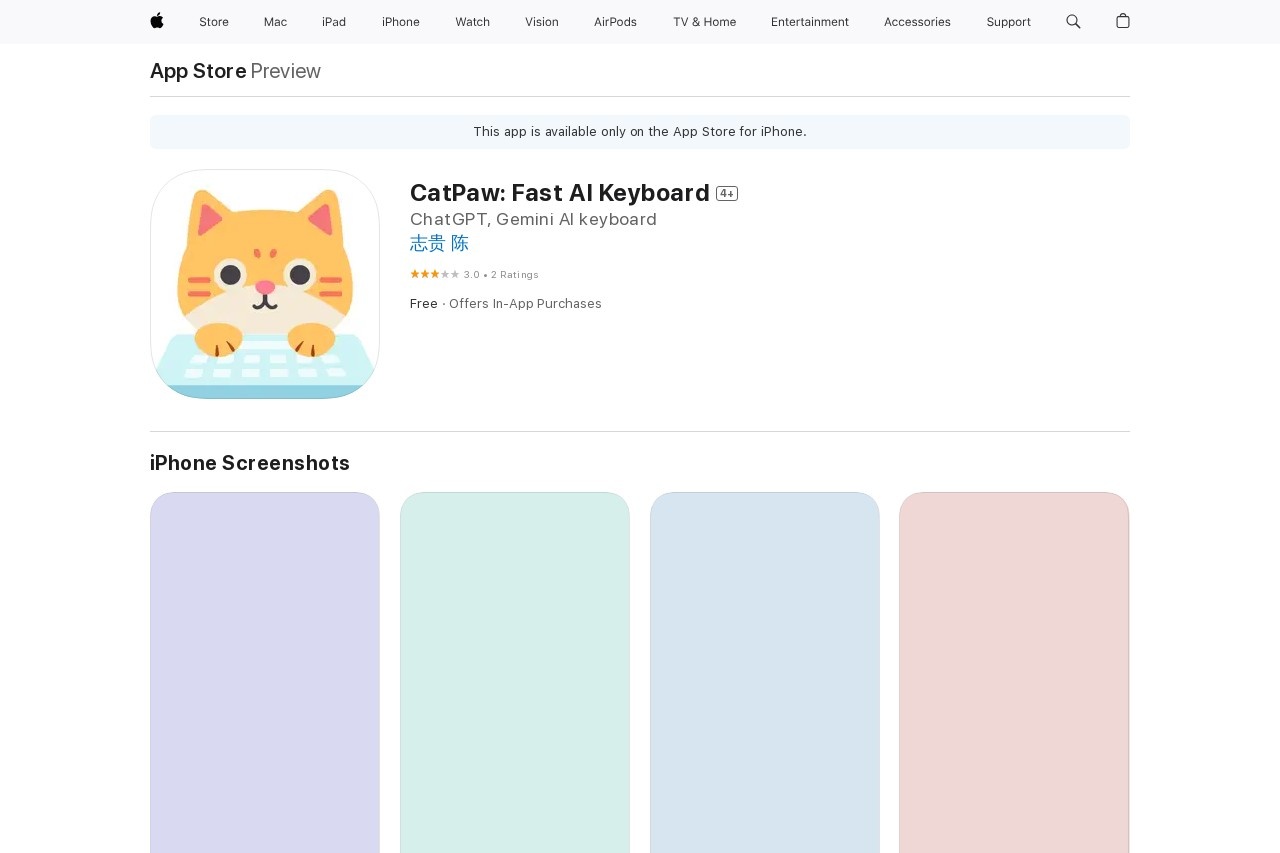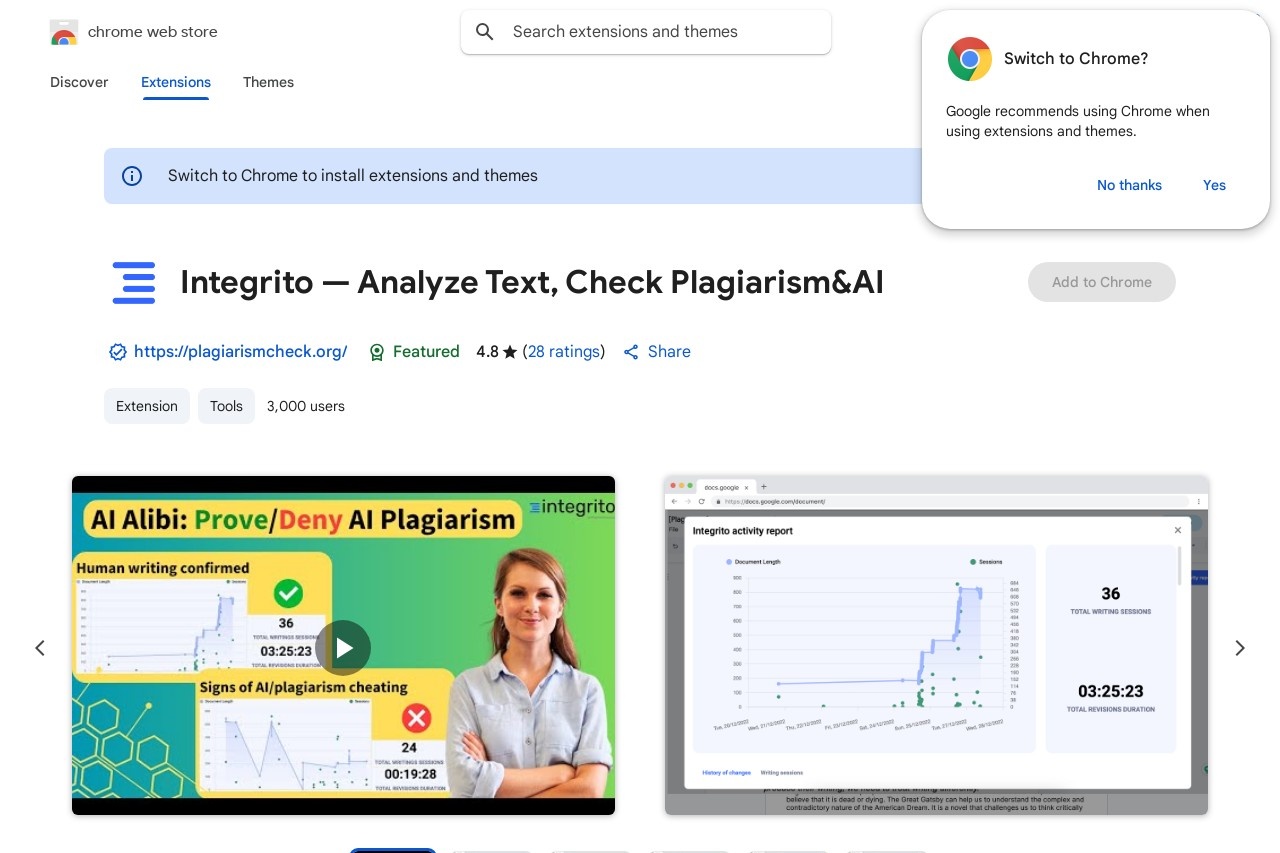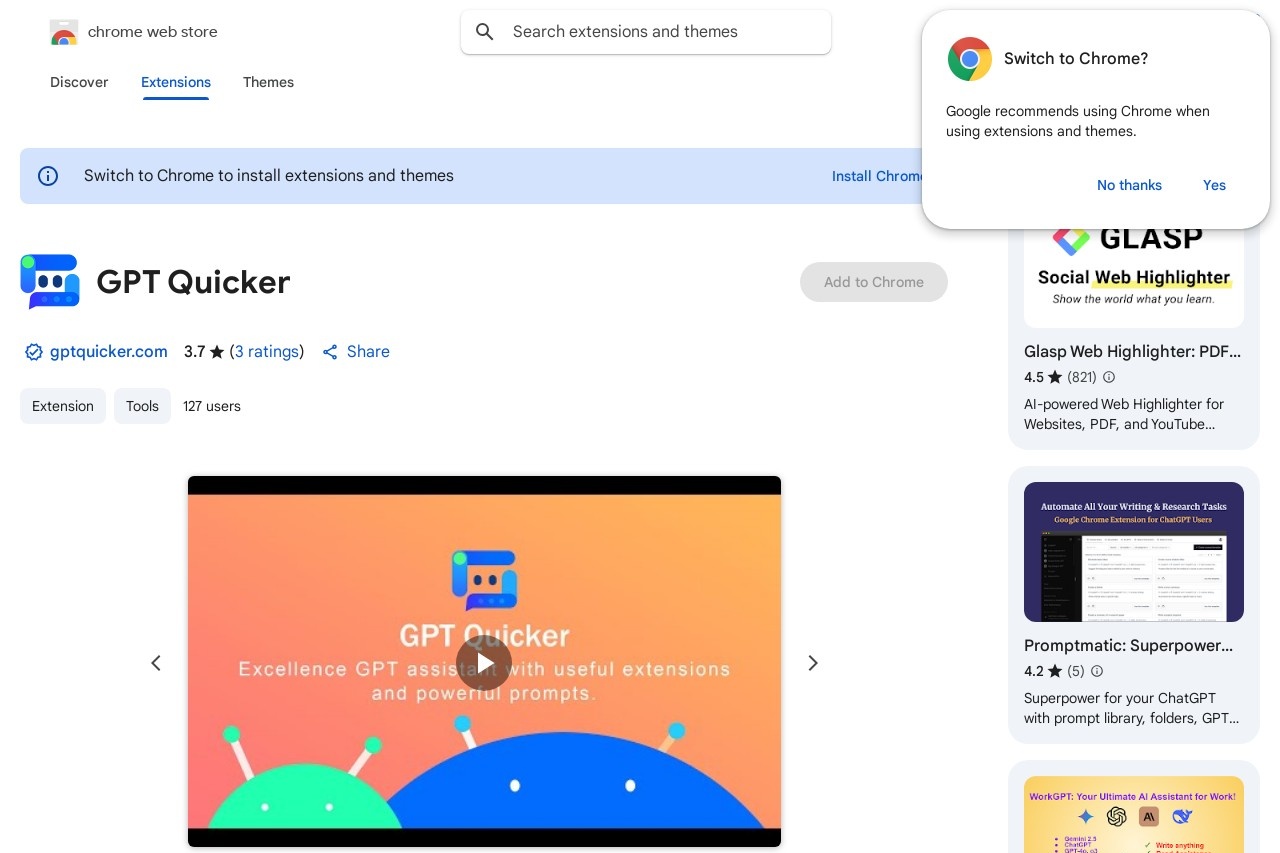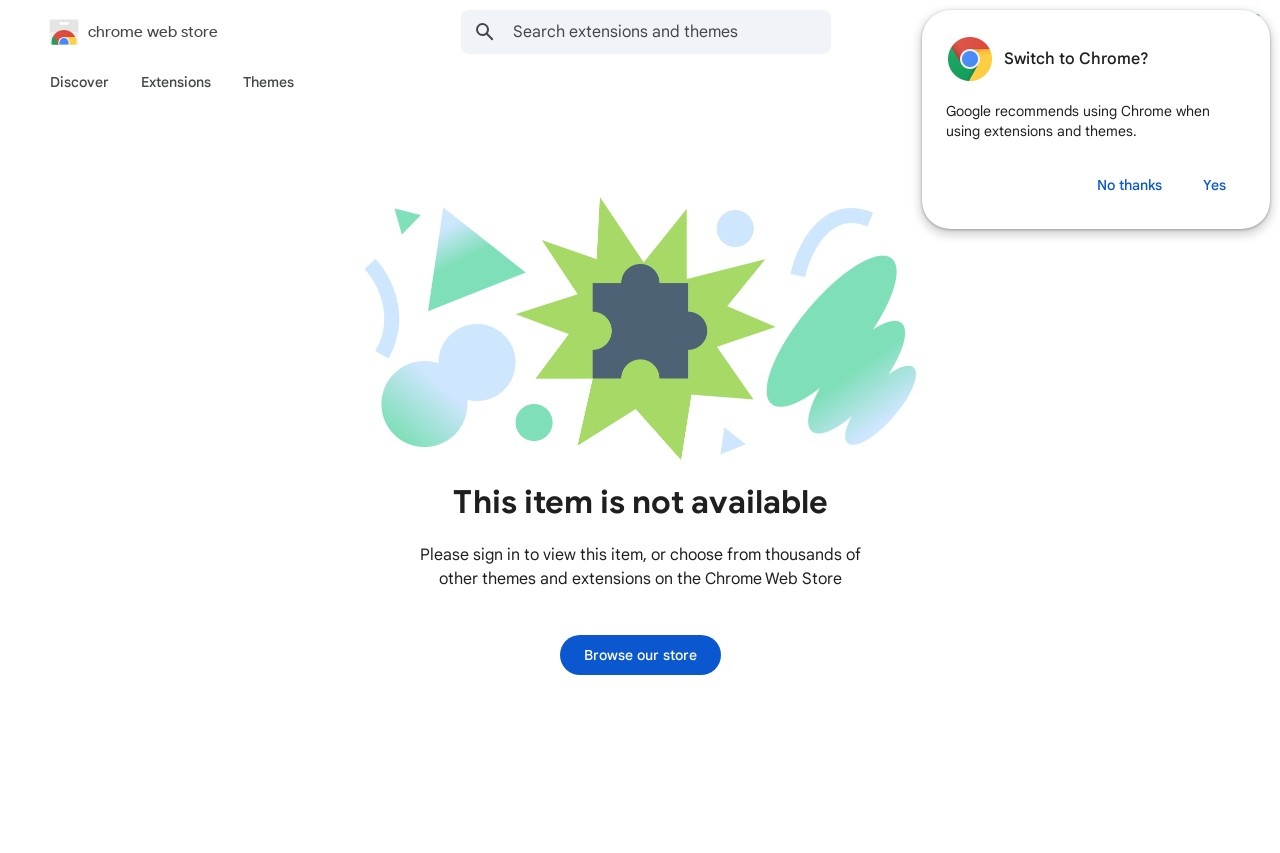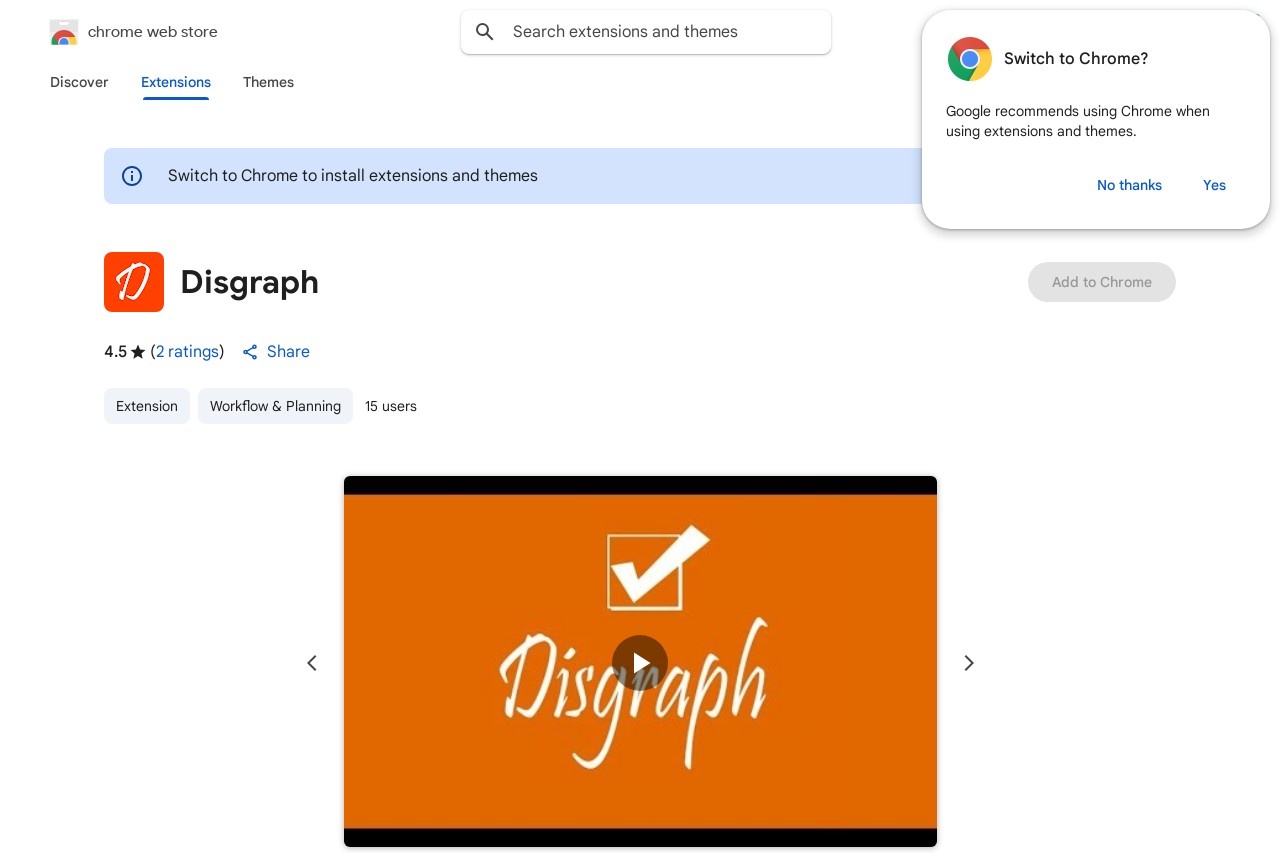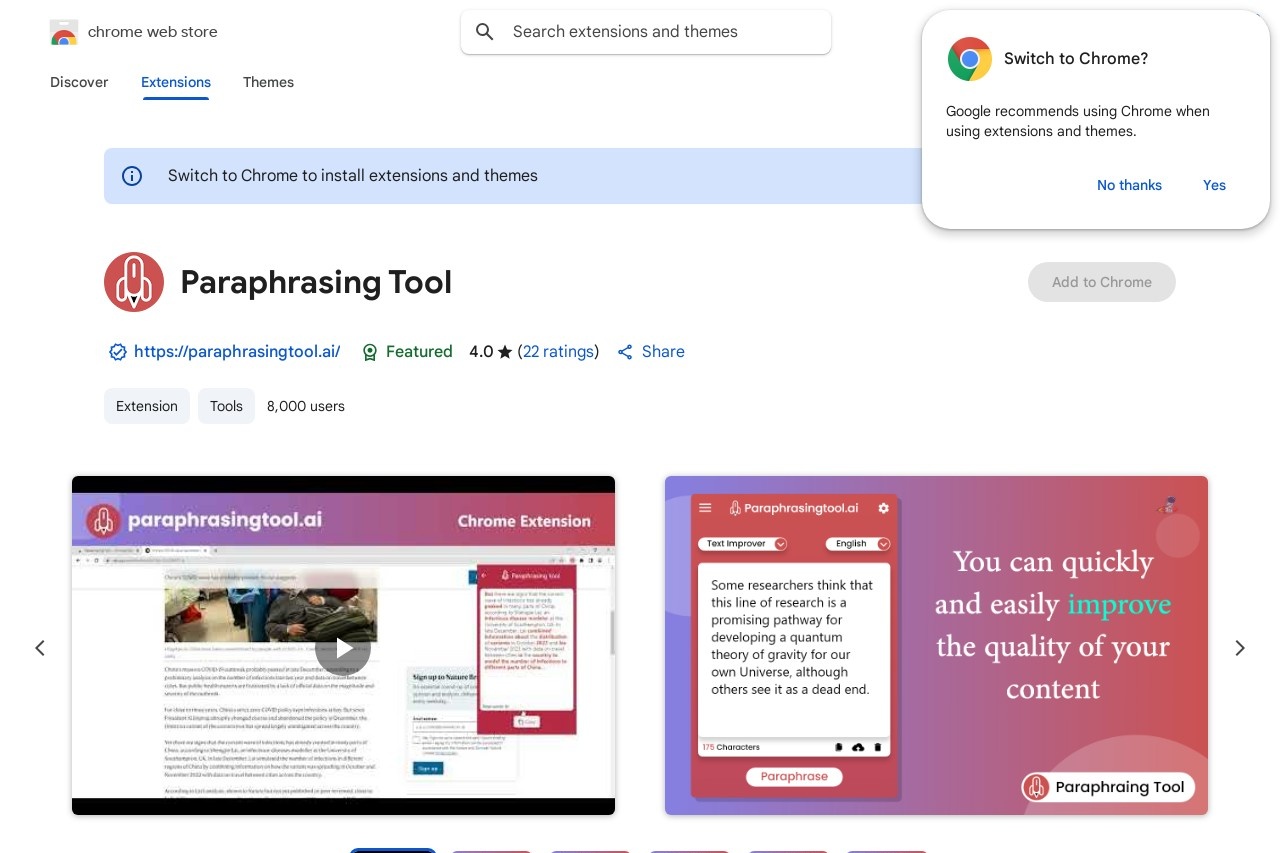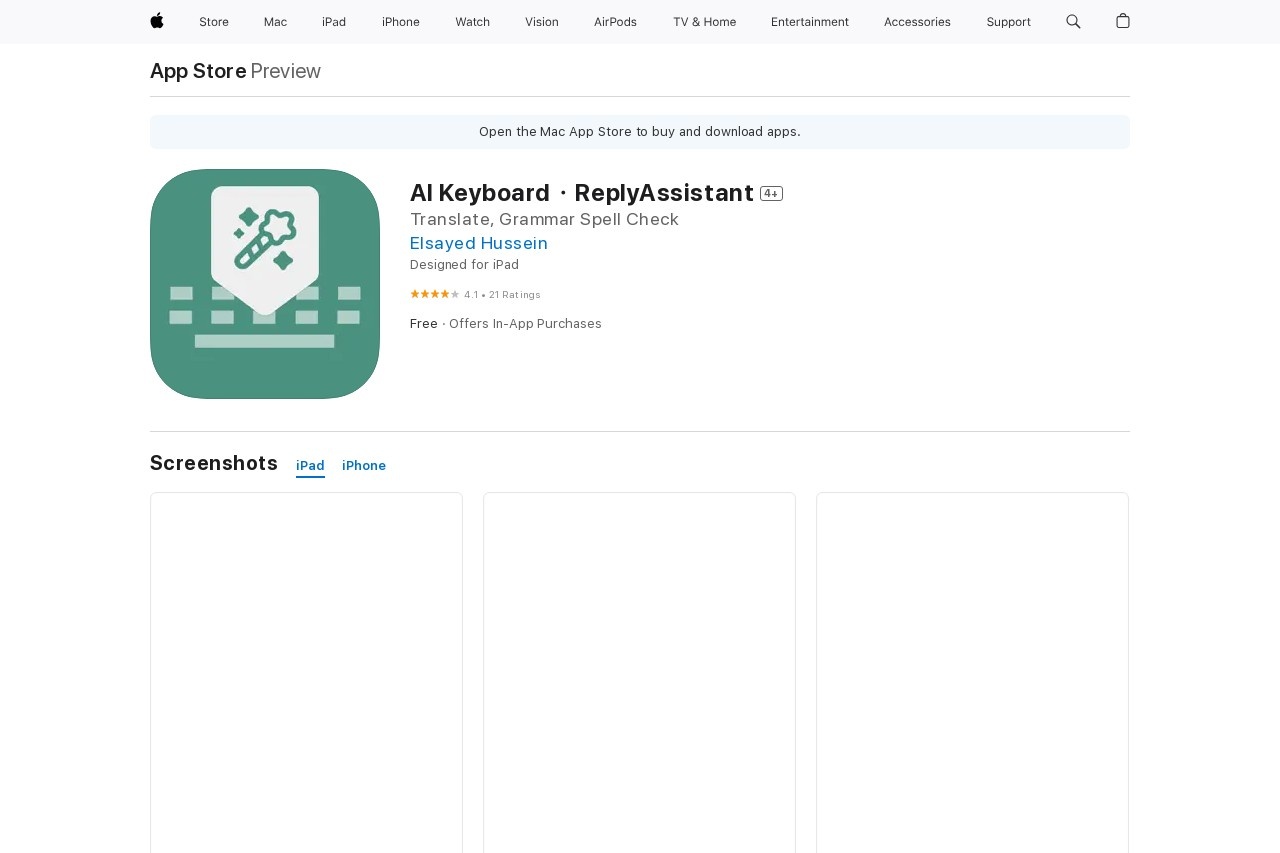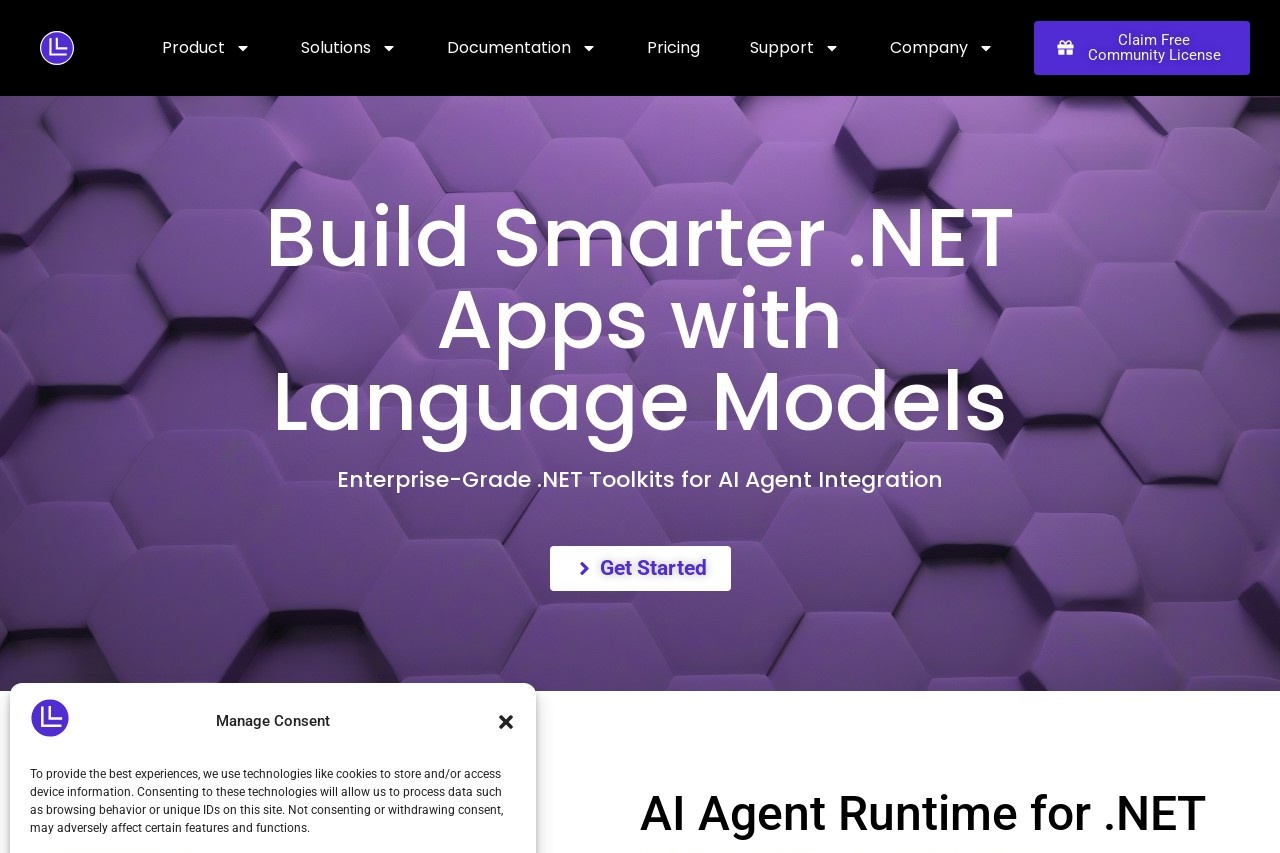
LM-Kit is a C# .NET library for integrating language models into applications, supporting features like AI Agents and RAG.
LM-Kit
LM-Kit: A Powerful .NET Library for Language Model Integration
LM-Kit is a C# .NET library designed to simplify the integration of language models into applications. It provides developers with a robust toolkit for leveraging AI capabilities in their software projects, particularly those involving natural language processing and generation.
Key Features
- AI Agents Support: Create intelligent virtual assistants and chatbots with human-like interaction capabilities
- RAG (Retrieval-Augmented Generation): Enhance language model responses with external knowledge sources
- .NET Native Integration: Seamlessly works with C# applications and the broader .NET ecosystem
- Modular Architecture: Flexible components that can be customized for specific use cases
- Multi-Model Support: Compatible with various language model providers and APIs
Use Cases
LM-Kit is versatile enough to support numerous applications:
- Enterprise chatbots for customer service automation
- Content generation tools for marketing and documentation
- Data analysis applications with natural language interfaces
- Educational software with AI tutoring capabilities
- Research tools for processing and summarizing large text corpora
Getting Started
To begin using LM-Kit in your .NET projects:
- Install the NuGet package in your Visual Studio project
- Configure your language model provider credentials
- Initialize the core components in your application startup
- Start building your AI-enhanced features
The library includes comprehensive documentation and sample projects to help developers quickly implement language model functionality while maintaining clean, maintainable code architecture.
Why Choose LM-Kit?
Unlike generic API wrappers, LM-Kit provides higher-level abstractions specifically designed for .NET developers. It handles common patterns like conversation management, context preservation, and response processing, allowing developers to focus on their application logic rather than low-level integration details.

